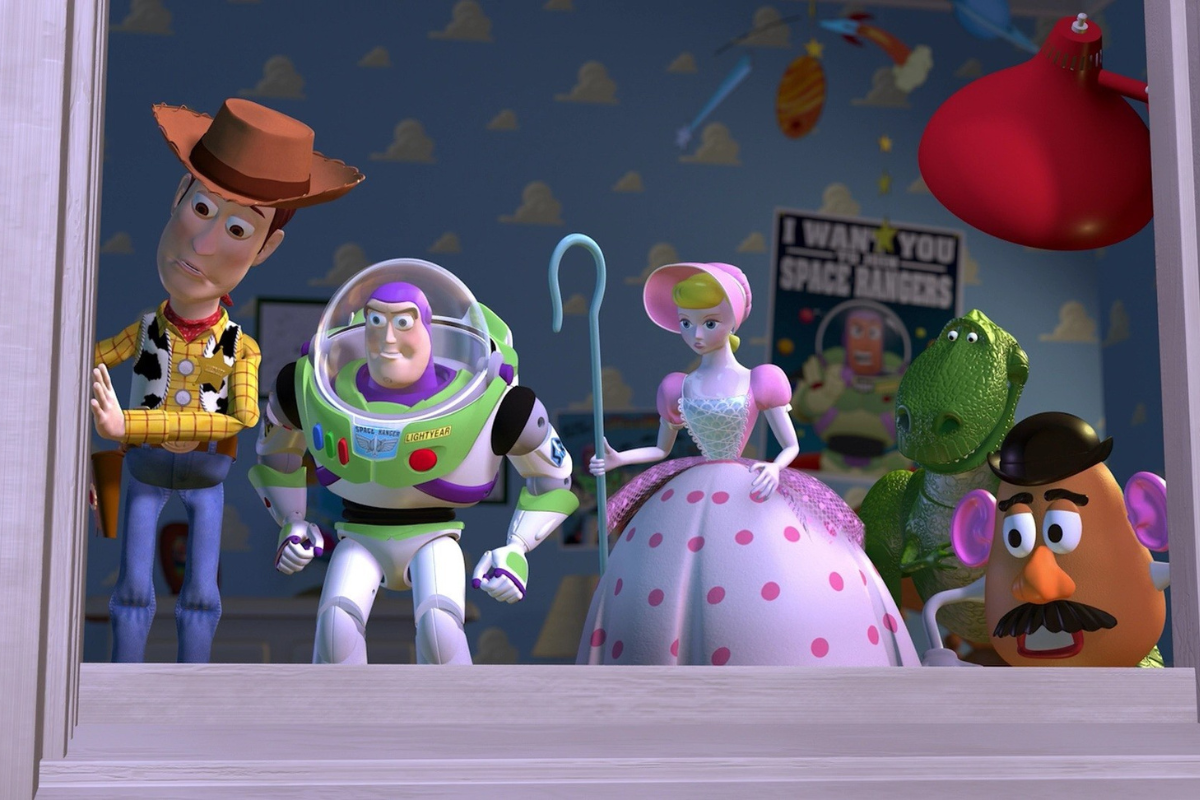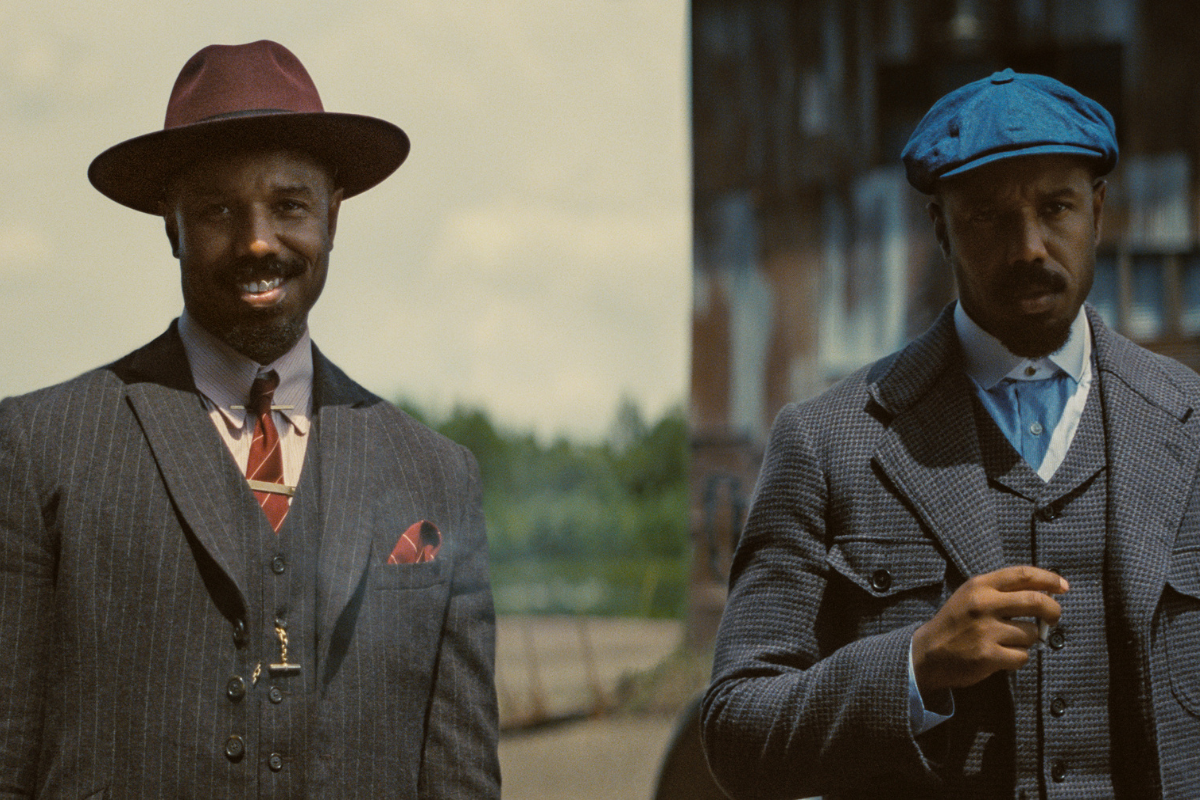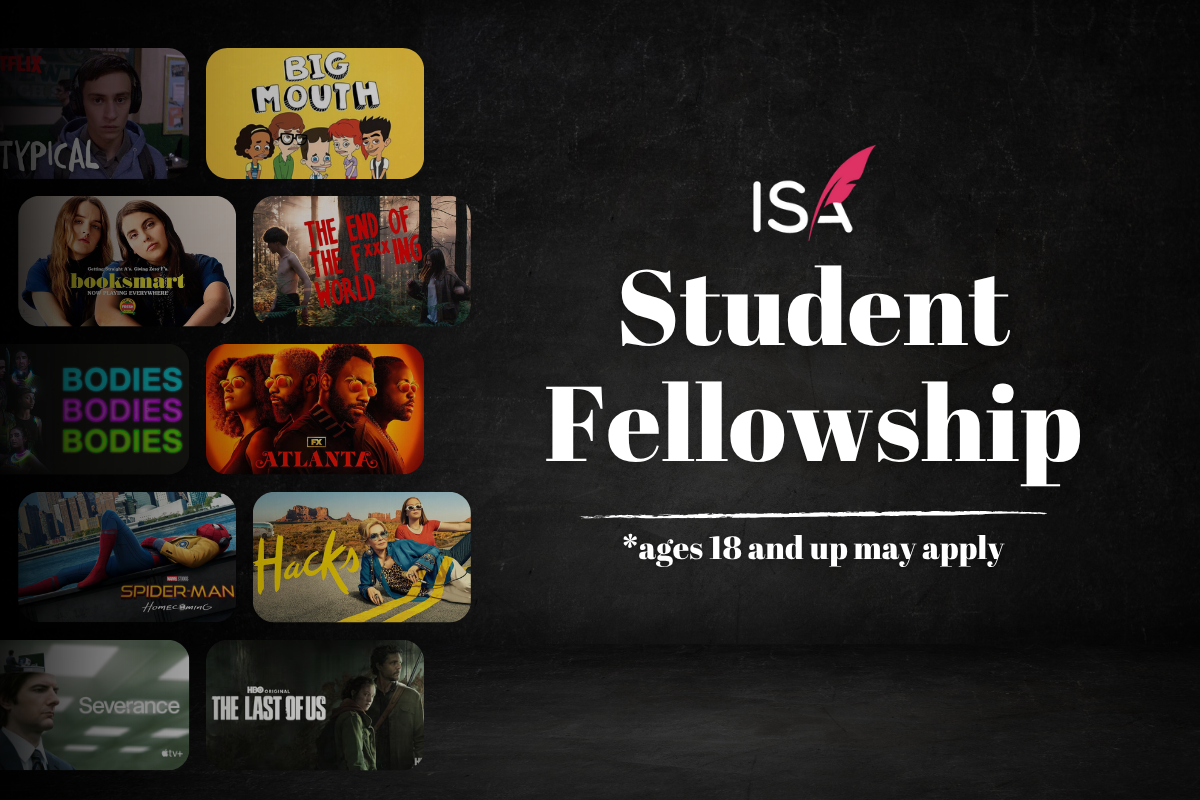VISUAL MINDSCAPE: The First Image in Your Screenplay
Click to tweet this article to your friends and followers! I am sure that by now you have heard how important the first ten pages of a screenplay are in…
I am sure that by now you have heard how important the first ten pages of a screenplay are in capturing the interest of the reader.
I would take it a step further.
The opening, the set up, the first image or sequence of images are crucial to capturing the interest and curiosity of the reader.
If your opening is weak, what happens on page 8, 9 and 10 won’t help you.
Your opening needs to begin with a mind-blowing hook, a hair-raising shock, a compelling question, and/or an atmosphere of immense intrigue.
This is crucial on a several levels. Not only does this kind of opening nail your reader to the front door it always combats laziness on the part of the writer. It forces him/her to dig deeper into their story and within their own writing skills.
Lazy, shallow writing is in my mind the number one reason for why a great idea turns into a yawn.
If you skate along the surface of your story it just won’t do. Here comes one of Boyle’s truism (new word, just deal with it). Ready?
“If you have what it takes to be a screenwriter it will take everything you got.”
That is the truth. No debate.
I have spent weeks and even longer searching, defining and refining my openings. I have been forced to dig deep into my storytelling skills, and it has paid off well for me.
This often means that your script may not begin at the beginning. Perhaps you need to seek a moment within your story that has a greater impact on the visceral experience of the reader.
Many of the greatest movie openings have used this device; Citizen Kane, Sunset Blvd, Usual Suspects, to name three of the great ones.
Here is another example of what I mean.
Let’s say your protagonist is a chemistry teacher who lives a very boring existence. He gets very little respect. His students don’t give a damn about chemistry. His home life is no better; a dull rut that he will never climb out of.
Though this is really where your characters story begins, this is not an opening that will intrigue your reader. But this will;
INT. WINNEBAGO – DAY
Inside, the DRIVER’s knuckles cling white to the wheel. He’s got the pedal flat. Scared, breathing fast.
His eye bug wide behind the faceplate of his gasmask.
Oh, by the way, he’s wearing a GAS MASK. That and white jockey UNDERPANTS. Nothing else.
Buckled in the seat beside him lolls a clothed PASSENGER, also wearing a gas mask. Blood streaks down from his ear, blotting his T-shirt. He’s passed out cold.
Behind them, the interior is a wreck. Beakers and buckets and flasks – some kind of ad-hoc CHEMICAL LAB -- spill their noxious contents with every bump we hit. Yellow-brown liquid washes up and down the floor. It forms into a scum around. . .
Two DEAD BODIES. Two freshly deceased Mexican guys tumble like rag dolls, bumping into each other.
Does this have your attention? Damn right it does. Of course this is the opening of the pilot episode of the brilliant AMC series, Breaking Bad. Vince Gilligan is to screenplay Narrative what Aaron Sorkin is to screenplay Dialogue.
Stepping out of chronological order so as to create a powerful opening scene is very effective option, but if for whatever reason this is not something that works for your script, then another choice is to establish an opening atmosphere that draws the writer into the world of your screenplay. This has been used by such films as; Citizen Kane (again), Jaws, Contact, The Godfather, Manhatten, Taxi Driver, 2001 A Space Oddessy and many others.
Another choice is attach a hook scene that really has nothing to do with the story, but does set the tone. This is most effective in action films and is used in almost every James Bond movie.
Another way to go is establish a question by creating a Foreshadow of what is to come. How will the story end, what will happen to the protagonist? You don’t come right out and tell us, but you give a hint such as the scorpions being attacked by the red ants in the opening of The Wild Bunch. Other films that have opened with a foreshadowing include, Jurassic Park, The Prestige, The Wizard of Oz, etc.
Whatever you choose, dig deep to find something that really captures the imagination of the reader.
SCARS Update
As I mentioned in the previous column, I am going to journal the progress of the marketing of SCARS, my newest screenplay. In each column, I will give you an update including both the successes and the failures so that you can see firsthand how the process works.
To begin, I need to create my marketing package which begins with a logline. To do this, I use the Kinetic LogLine template that I explained in an earlier article in Scriptmag.com. By using this template, I came up with the following log line.
“Scarred by childhood abuse, two damaged souls, a stripper and her customer, provoke each other into revealing their most guarded secrets. In a world of sexual deceit, secrets shared can be deadly.”
Next, I send the script out for coverage before I begin submitting it. I go for two reports so as to get a better indication of where the script might need work.
I use Scriptshark as I find their coverage to be excellent. Once I get the coverage back I will evaluate any changes that I might want to make. I don’t allow coverage to define my story.
Here are the three things I look for:
1) Both readers appear confused or disturbed by a certain element
2) Either reader voices concern for something that I have already had concerns about
3) If either reader comes up with a suggestion that I think is really good, then I’ll use it. Beyond that, I trust my story enough not to be taken in a different direction.
While I wait for the coverage, I begin to work through my own contacts as well as suitable companies found in a cross matching between The Hollywood Screenwriters Directory and IMDB Pro. This cross referencing is explained in my book, The Visual Mindscape of the Screenplay as is the Logline template.
I am approaching the marketing of SCARS differently in that I am going to break one of the big ‘no, no’s’. I am going to seek to establish attachments to the script prior to putting it into the market place. Why I am doing this will be explained in detail in the next column.
- More Visual Mindscape articles by Bill Boyle
- Balls of Steel: When to Stop Listening to Screenwriting Experts
- Balls of Steel: Dear New Screenwriter
Get tips on writing visually in William Martell's webinar
Visual Storytelling: Actions Speak Louder Than Words







